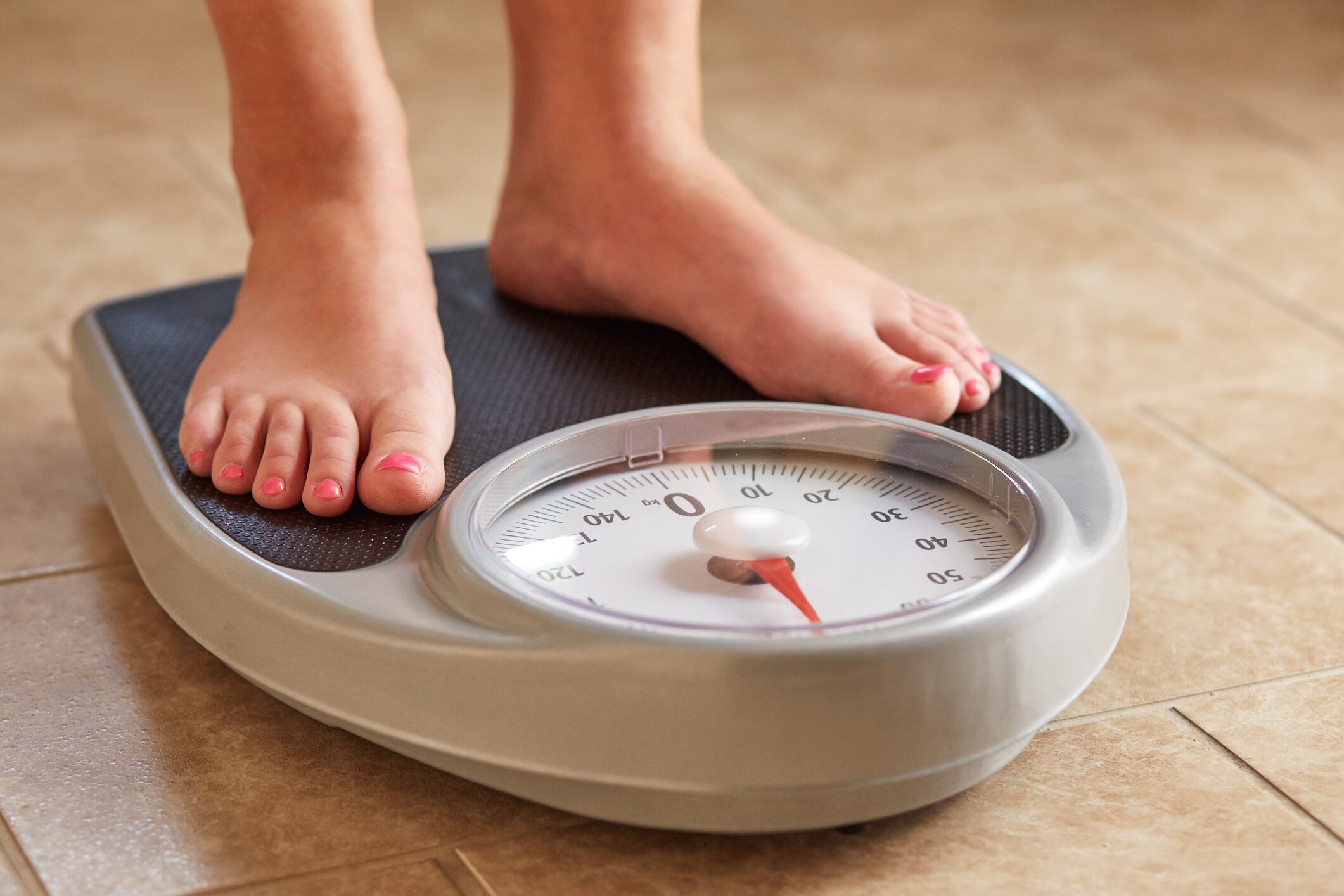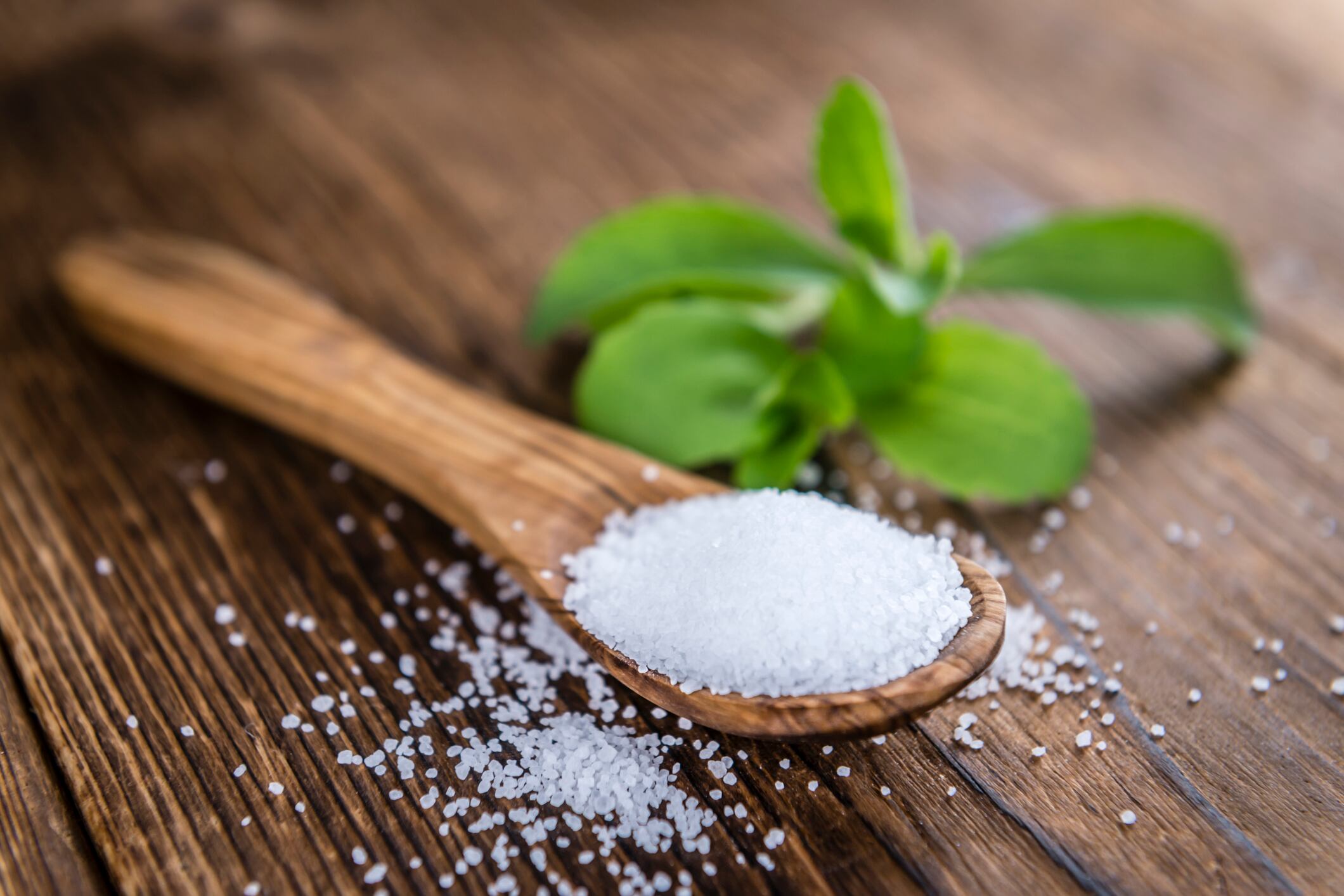Data published in the Journal of Functional Foods indicated that substitution of 25% or 50% of the sucrose in an oatmeal cookie with an aqueous extract of Stevia rebaudiana Bertoni also led to inhibition of the alpha-amylase enzymes, which may have anti-diabetic benefits.
An effect on the angiotensin-converting enzyme (ACE) was also reported, with potential implications for blood pressure.
“The results suggest the functionality of oatmeal cookies elaborated by partial substitution of sucrose with an aqueous extract of S. rebaudiana, due to their high fiber content, ACE and alpha-amylase inhibitory activity and antioxidant effect, in addition to their sensory acceptance and quality attributes,” wrote scientists from Universidad Autónoma de Yucatán.
“The attributes mentioned above evidence the potential of such products as interveners in preventing diseases related to the metabolic syndrome, without side effects. However, several studies are necessary to suggest such cookies as functional foods.”
Consumer need

The potential health benefits of the cookies, coupled with the finding that they do taste acceptable to consumers, suggests formulators may be able to produce products to counter Mexico’s soaring rates of diabetes and obesity.
Mexico has the second highest rates of diabetes and obesity in the world, with an estimated 11.5 million registered diabetics and 15.8% showing a prevalence for diabetes, according to data from the International Diabetes Federation.
Likewise, approximately a third of the country’s adults are obese and more than 40% do not reach the minimum recommendation for 30 minutes of exercise a day, according to ingredient supplier Naturex.
Study details
The Yucatan-based scientists produced oatmeal cookies made with sucrose, a commercial stevia product, or by substituting 25, 50, 75 and 100% sucrose with the aqueous extract of stevia.
“Cookies sweetened with the aqueous extract of stevia, especially, the products elaborated by partial sucrose substitution (25 and 50%), received the highest scores by the judges,” wrote the researchers.
In addition, the 100% sucrose and the 25% and 50% aqueous stevia extract cookies obtained the highest sensory acceptance, they added. These products were matched with a range of attributes, including: good taste, texture and smell, tasty, sweet and crunchy.
When the scientists looked at ACE inhibition, the best result was obtained for the cookie made with the commercial stevia extract, followed by 100% sucrose, and then the 25% and 50% cookies. For inhibition of alpha-amylase, the cookies made with 25% and 50% aqueous stevia extract performed better than 100% sucrose cookie.
“Owing to the functional potential, the formulated oatmeal cookies are an alternative for the prevention of illnesses related to metabolic syndrome, with no side effects,” they wrote.
A good time for stevia

Maria Teresa Scardigli, the executive director for the International Stevia Council (ISC), recently told our sister site FoodNavigator-USA that consumer demand for natural, plant-based ingredients combined with their desire to cut back on sugar without sacrificing taste was creating a perfect storm for stevia sales to grow exponentially.
Scardigli said that research conducted by ISC found consumer sentiment for stevia significantly higher than other sweeteners, including sucralose and aspartame.
As a result, business to business sales of stevia and new product launches featuring the sweetener have grown dramatically since the ingredient was first introduced in the US in 2009 and Europe in 2011. For example, Scardigli said, business-to-business sales of stevia are up 80% from 2013-2015, and new product launches were up 12% in 2017 compared to the prior year.
Scardigli added, if current rates continued, worldwide B2B sales of the ingredient could top $1 billion by 2020.
Source: Journal of Functional Foods
Volume 44, Pages 183-190
“Stevia rebaudiana: A sweetener and potential bioactive ingredient in the development of functional cookies”
Authors: V.A. Góngora Salazar et al.

